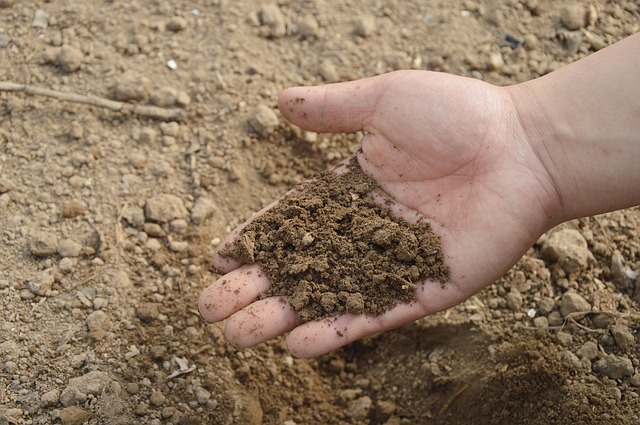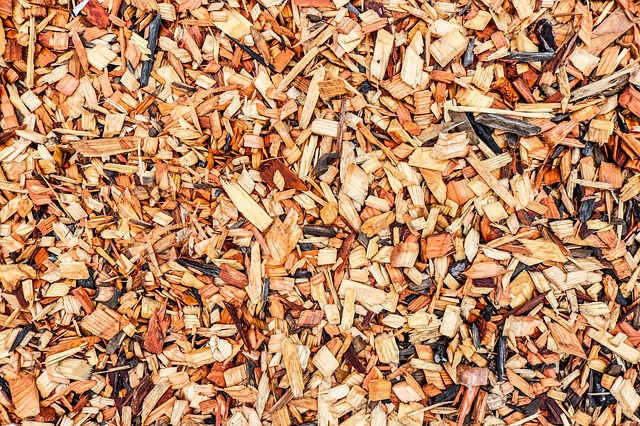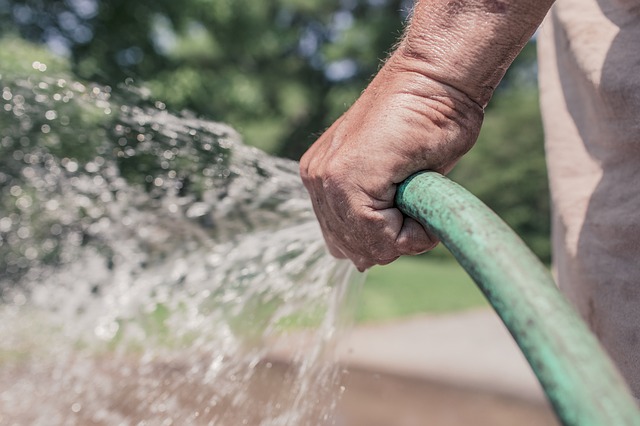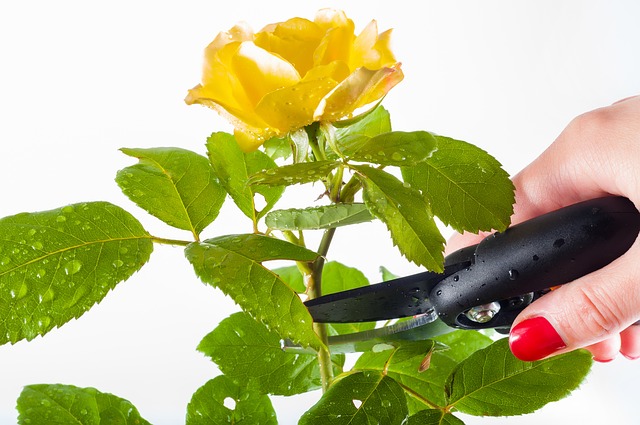There is a general perception that Australian native plants are difficult to grow. That’s not true. With a little bit of ingenuity, nothing is impossible!
As in all plants, the trick is to match them to a specific garden environment that includes location, soil type, mulching and fertilisation and watering. Once done, the plants will grow quite easily.
However, there are certain individual species or groups of plants that might be difficult to grow locally until their original climatic or soil conditions are mimicked in your garden.
Take this example of Sydney Rock Rose – it is a small shrub that grows in sandstone areas, not generally associated with a garden. But if your heart is set on this species, you can either grow them in containers or create garden beds with rubble and sandstone rocks and plant into them.
This article will show you how to go about growing Australian native plants in your garden even if they are outside their hardiness zones.
Have the right soils

Traditionally, soils in Australia are primeval and low in organic matter and fertility. The growth of various plants is substantially dependent on the soil conditions of that area and the combination of moisture and light.
A lot also rests on its position in the landscape and the direction it is facing – north or south facing slopes for instance.
It is also critical that you know the pH of the soil as this plays a significant role in which types of plants will grow in your garden. For this, contact your local nursery for their soil testing service or buy a soil-testing kit.
In general, most Australian soils are slightly acidic or neutral with a pH between 5.5 and 7.0, but alkaline soils with pH over 7.0 are found in West and South Australia.
Adjusting soil conditions
Do not think that you are stuck with a particular type of soil in your garden; it is not difficult to modify it to suit different native plants. For sandy soils, plough in organic matter and top it up with plenty of mulch.
For clay soils, make the soil more powdery, crumbly and soft by digging in compost or manure and adding gypsum to it. For increasing drainage, the soil level should be raised, sometimes as little as 30cm.
Mulching

The role of mulch is to retain soil moisture thereby reducing the need to water the plants artificially. It also improves soil quality by humus, the nutrient-rich earth formed from animal and plant material decay. In sandy soils, breaking down of mulch adds the much-needed nitrogen and potassium to sandy soils.
However, there is a method to using mulch for best growth.
- What mulch should be used – As a rule of thumb, anything from your garden can go right back in as mulch. Grass clippings, path sweepings, leaf fall, are all ideal mulch material. By keeping garden clippings and pruning fall-outs small, you can route them right back in as mulch. Nothing should be wasted. Alternately, you can see what is available at the local nursery or go by the advice of your local council.
- Application of mulch – Make sure that the mulch is not stacked up against tree trunks or plant stems as this increases the possibility of fungal growth and disease. Once you apply mulch to a depth of at least 100 mm, it should be enough to last the year.
- Mulch time – The best time to mulch to keep the moisture in is just after the rains when the soil is already moist. Mulch absorption then will be high. How often you mulch depends on how fast it breaks down and how soon it needs to be replaced. Usually, for non-food plants, a thick layer once a year is enough while for food-producing plants twice a year in spring and autumn is recommended.
These are just a few pointers on mulching, but the ultimate decision rests on soil and climatic conditions as well as the type of plants grown.
Use of fertilisers
Australian native plants have traditionally evolved in poor soil environments. They are therefore very sensitive to fertilisers, especially phosphorous. Sandy soils are low in fertility because their porous nature drains out nutrients quickly.
In such cases, use low-phosphorus fertilisers that are specially made for Australian native plants. Using mulch here is a better option. Clay soils are naturally fertile and additional fertilisers are usually not required. Both types of soil, however, are very receptive to thick layers of mulch derived from organic matter.
Watering

As a rule, native plants require less water than other plants but nevertheless, some moisture is needed. This is how you can reduce water for Australian native plants.
- Use surfactants that act as wetting agents by reducing water repellency to retain moisture.
- Encourage small plants to develop a deep-root system through the minimum use of water. When they grow up and mature, their deep roots will help them counter droughts more effectively as well as survive on less water. Opt for tube stock as they are of the right size to nurture from an early stage on minimum water.
- Use organic mulch at least once annually. It helps soils to retain moisture and prevents sandy soils from becoming water repellent.
Trimming and pruning

Trimming and pruning are essential for native plants. Regularly go for tip-pruning as pinching off the growing tips will help to keep the plants dense and compact, ideal when you are planting for small birds.
However, pruning should be done at certain periods only. If you are trimming fruit trees, do so after fruits have finished, if it is flowering plants that provide nectar, just after flowering has ceased. Trimming and pruning is a complicated matter as too much of it can deprive the plants of nutrition.
Get help from Daryl’s Tree Care who offers tree trimming for local properties, helping them achieve their dream landscape.
Death by age and other unknown factors
Many Australian native plants have very short life-spans, especially those that proliferate like the Acacias (wattles). If you know that your favourite plant will live for a short while only, you can fill the gap by planting them regularly to always have some in your patch of green.
Some will die for no apparent reason. If you are unable to work out the reasons, avoid planting them in future or take expert advice before doing so.
Lastly, if you are trying out new native plants in your garden, it will be a good idea to experiment with one or two only and observe how they adapt to local conditions before buying more. If that fails, try something else.

